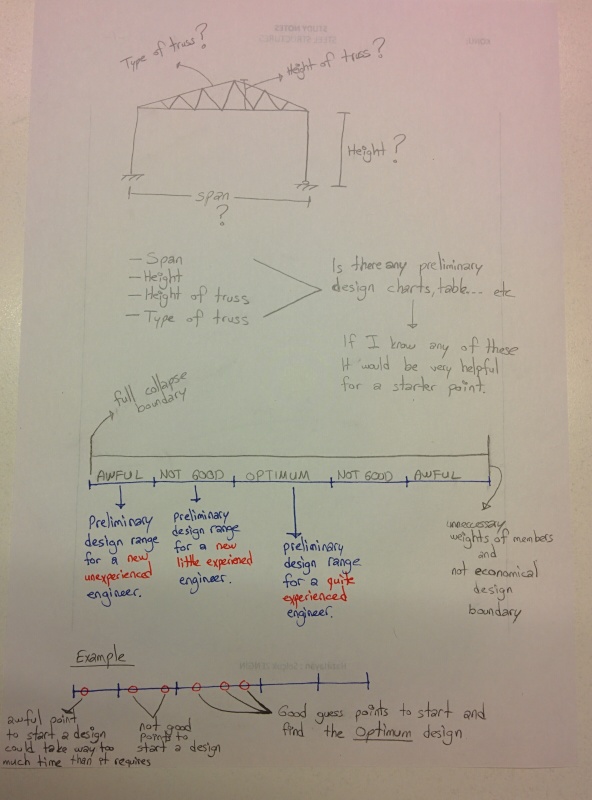atakancengiz
Civil/Environmental
Hello Everyone,
I have a question about truss systems. I have been designing steel truss systems since last year. I am not the one making decisions of type of truss, height of truss or other parameters. My supervisors tell me these parameters and I am making the rest of the job. But I am not happy to fullfil what I am told. Because I want to learn how people making decisions according to the projects.
I am quite sure that my supervisor making decisions according to the their former job experience. I, of course, understand and respect their experience. But any advice will be very helpful.
I have attached a photo to show what I am thinking.

I have a question about truss systems. I have been designing steel truss systems since last year. I am not the one making decisions of type of truss, height of truss or other parameters. My supervisors tell me these parameters and I am making the rest of the job. But I am not happy to fullfil what I am told. Because I want to learn how people making decisions according to the projects.
I am quite sure that my supervisor making decisions according to the their former job experience. I, of course, understand and respect their experience. But any advice will be very helpful.
I have attached a photo to show what I am thinking.

